The Emergency Radio: Tuning In During A Hurricane
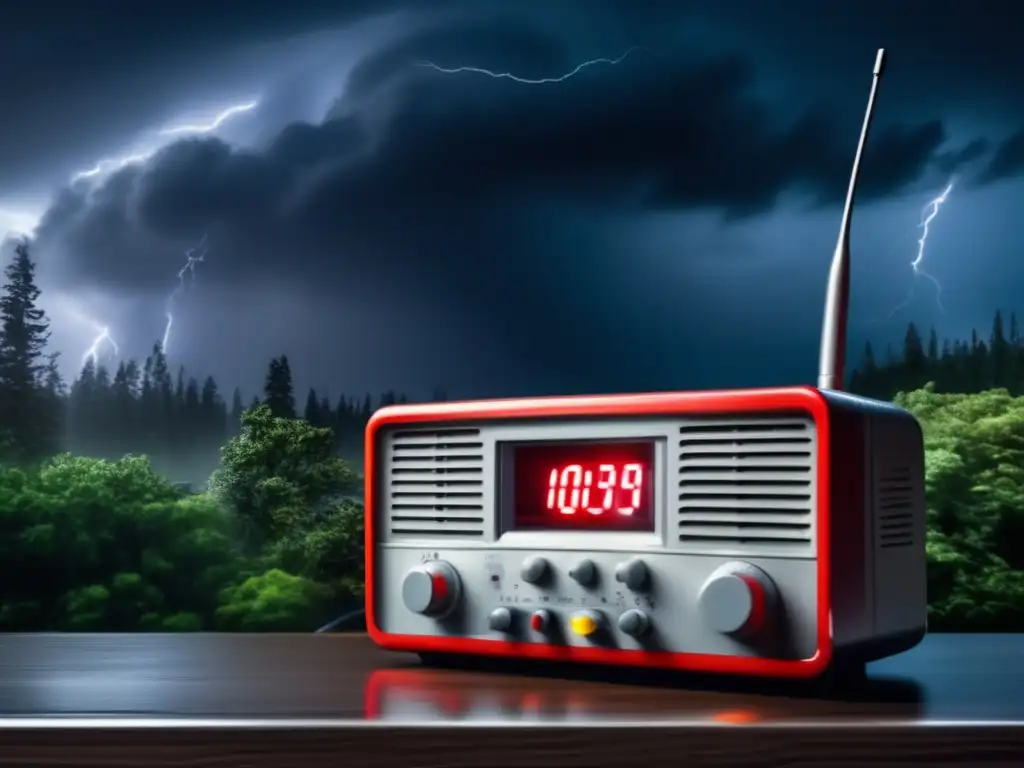
The Emergency Radio: Tuning in During a Hurricane
Introduction
When a hurricane is approaching, it's important to have a reliable way of getting information about the storm and the safety measures you need to take. This is where an emergency radio comes in handy, as it can provide you with crucial updates and instructions even when other communication channels fail. This article will explore the importance of tuning in to an emergency radio during a hurricane and how to make sure you're using it effectively.
Basics of Emergency Radios
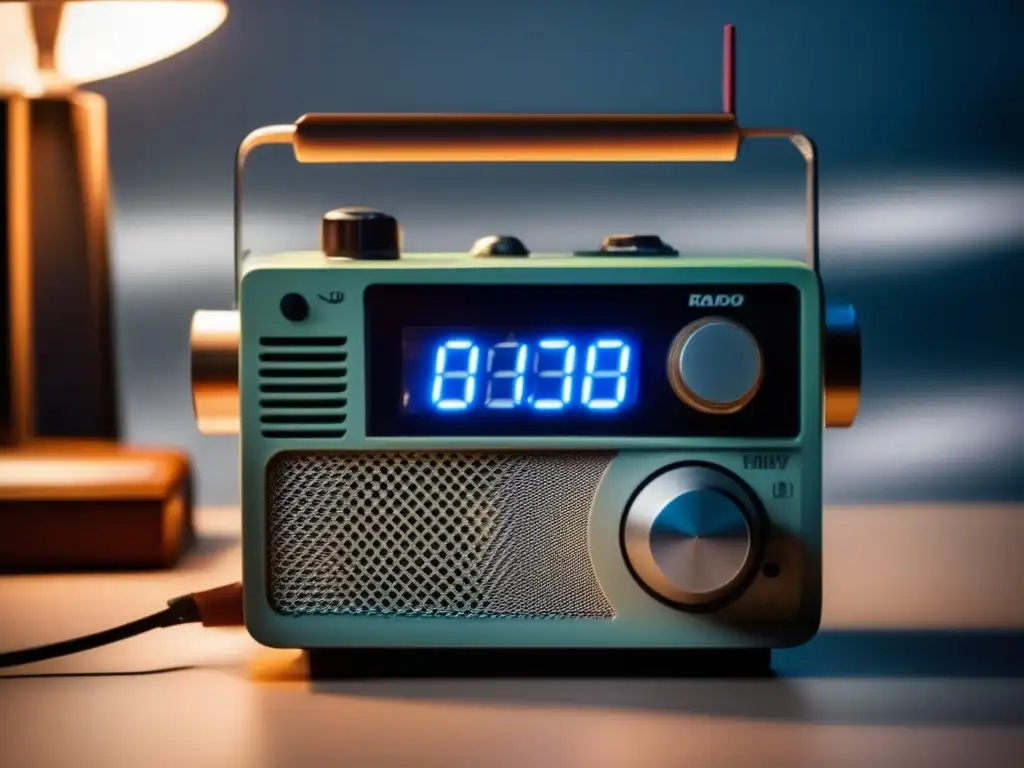
What is an Emergency Radio?
An emergency radio is a portable device that allows you to receive AM, FM, and weather band radio frequencies during emergencies. It can also be used to charge your cell phone or other electronic devices, which makes it an essential tool to have during power outages.
How Does an Emergency Radio Work?
Emergency radios typically rely on three sources of power: batteries, solar power, or a hand crank. This means that you can use them even if there's no electricity available. To use an emergency radio during a hurricane, you need to tune it to a weather band frequency, which is specifically designed to broadcast information related to severe weather events.
What Features Should You Look for in an Emergency Radio?
When shopping for an emergency radio, look for features such as:
- Multiple Power Sources: The radio should be able to work with batteries, solar power, or hand-crank power.
- Weather Band Capability: The radio should be able to tune into NOAA Weather Radio for updates on the hurricane.
- Cell Phone Charging Capability: The radio should be able to charge your cell phone or other electronic devices in case of a power outage.
- LED Flashlight: The radio should have an LED flashlight so that you can navigate during power outages or in the dark.
Using an Emergency Radio during a Hurricane
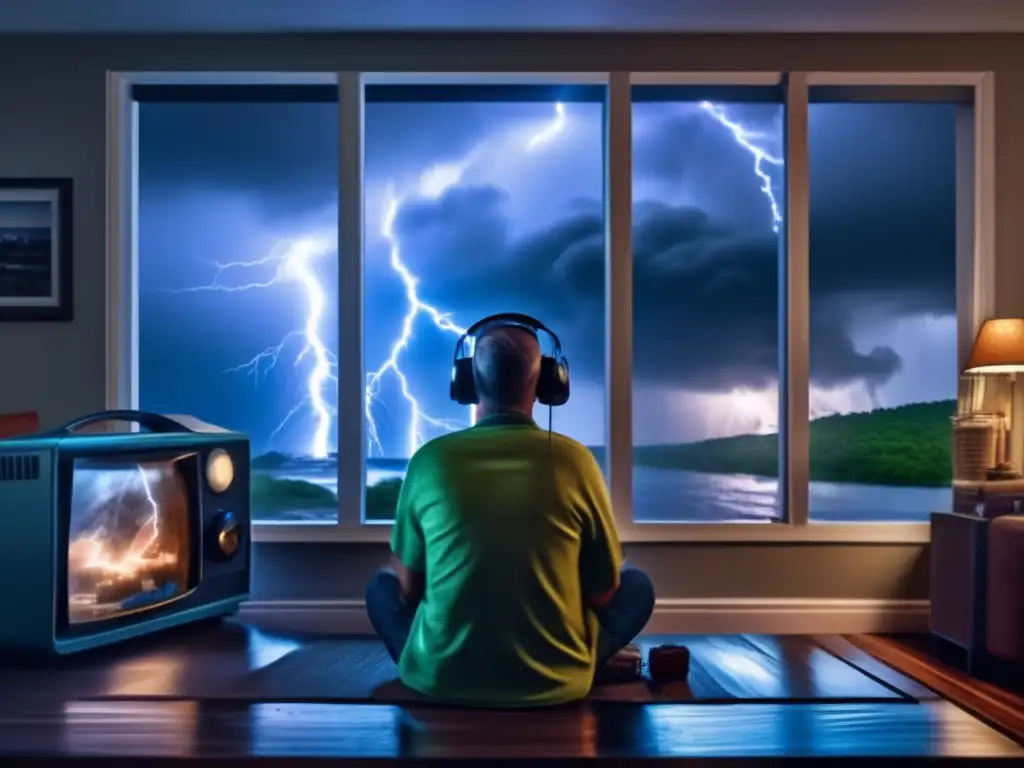
Before the Storm Hits
To ensure that you're ready to use your emergency radio during a hurricane, follow these steps:
- Read the Manual: Make sure you know how to use all the features of your emergency radio before the storm hits.
- Charge It Up: Charge your emergency radio fully, and ensure that the batteries are fresh.
- Tune In: Familiarize yourself with your emergency radio's NOAA Weather Radio frequency, as well as any other important local stations that will broadcast hurricane-related information.
During the Storm
When the hurricane hits, use your emergency radio to stay informed about the latest developments. Here are some tips:
- Stay Tuned: Keep your emergency radio turned on and tuned to the appropriate frequency at all times.
- Know What You're Listening For: Listen for updates from the National Hurricane Center, local authorities, and other relevant sources about the hurricane's intensity, direction, and potential hazards.
- Pay Attention to Warnings: Take heed of any evacuation orders or other safety warnings that are broadcast over the radio.
After the Storm
An emergency radio can also be useful after the storm has passed. Here's how:
- Listen for Recovery Updates: Check your emergency radio for recovery updates and information about available resources, such as food, water, and shelter.
- Contact Others: If your cell phone is dead, use your emergency radio to contact loved ones or emergency services.
- Stay Informed: Keep listening to your emergency radio for updates on post-storm hazards, such as flooding and downed power lines.
FAQs
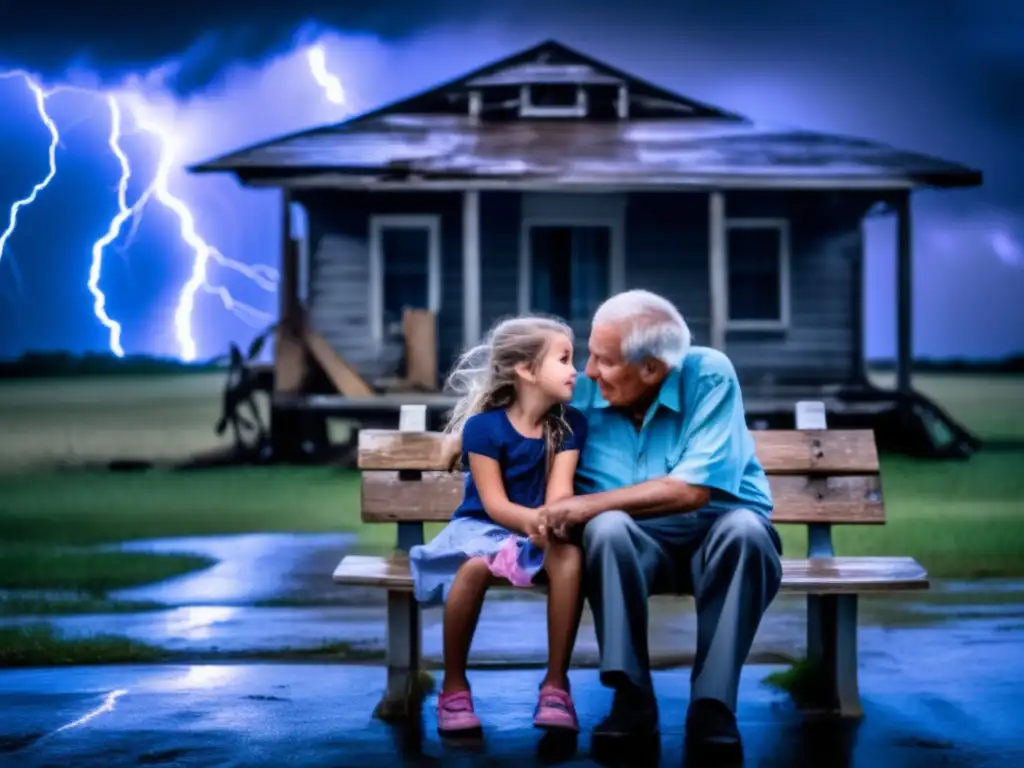
-
Can I use my regular radio during a hurricane?
While you can use a regular radio during a hurricane, it may not be able to pick up NOAA Weather Radio frequencies, which are specifically designed for severe weather updates. Therefore, it's recommended to have an emergency radio that can effectively tune into these frequencies.
-
Should I rely solely on an emergency radio for hurricane updates?
No, you shouldn't rely solely on an emergency radio for hurricane updates. Use multiple sources of information, such as TV news and internet websites, to ensure that you're getting accurate and up-to-date information about the storm.
-
Can an emergency radio charge my laptop?
Most emergency radios are not powerful enough to charge laptops. They are designed to charge cell phones, flashlights, and other small electronic devices.
-
How long do the batteries in an emergency radio last?
The battery life of an emergency radio depends on its power source, usage, and other factors. However, most emergency radios can last for several hours to multiple days before needing a recharge or new batteries.
-
Should I keep my emergency radio on during the whole hurricane?
Yes, you should keep your emergency radio turned on and tuned to the appropriate frequencies at all times during the hurricane to ensure that you're getting the latest updates and safety information.
Conclusion
An emergency radio is an essential tool for staying informed and safe during a hurricane. Make sure to choose one that has all the features you need, such as multiple power sources, weather band capability, and cell phone charging capability. Before the storm hits, read the manual, charge it up, and familiarize yourself with the appropriate frequencies. During the storm, keep it turned on and tuned in to relevant sources of information. After the storm, use it to stay informed about recovery efforts and to contact loved ones or emergency services. By following these guidelines, you'll be better prepared for whatever a hurricane may bring.
Remember that using an emergency radio is just one part of a comprehensive hurricane safety plan. Stay safe by following all recommended evacuation orders and safety guidelines from local authorities. Thank you for reading, and stay safe.
Additional Resources
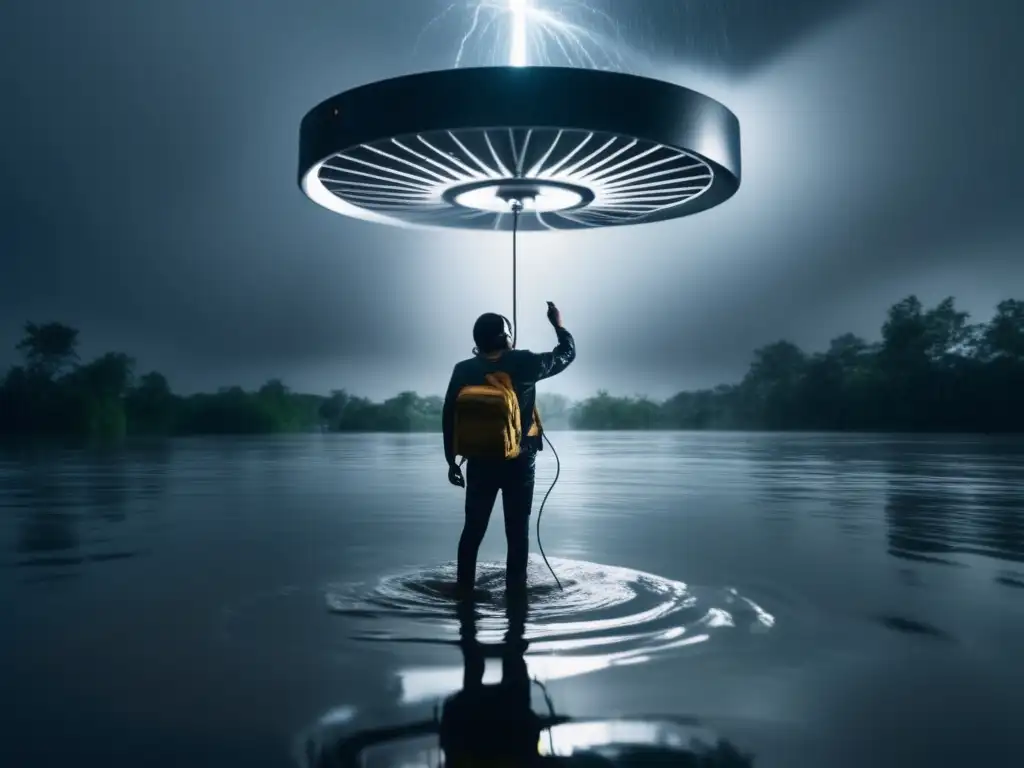
If you want to discover more articles similar to The Emergency Radio: Tuning In During A Hurricane, you can visit the Hurricane preparedness: category.
Leave a Reply




Articulos relacionados: